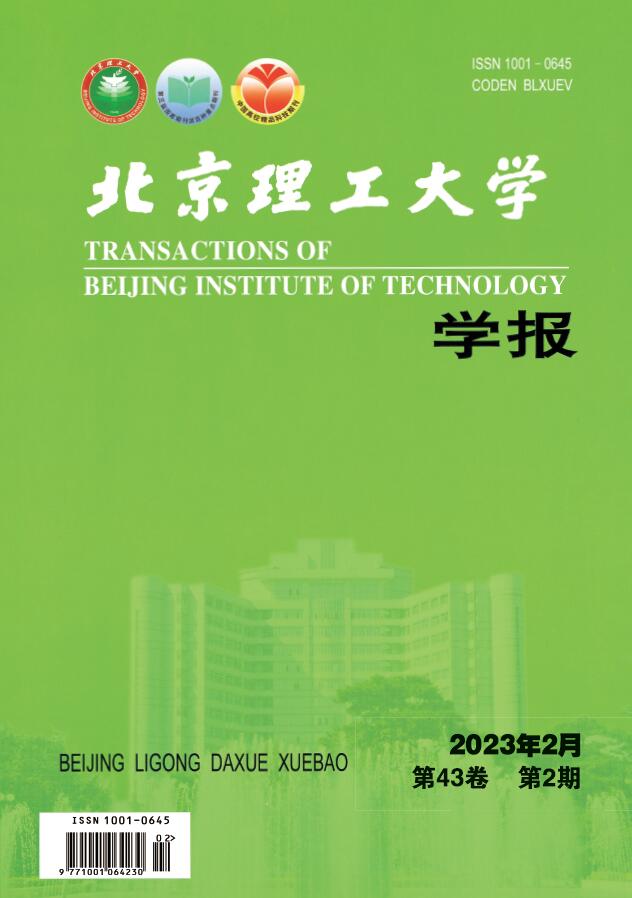2021 Vol. 41, No. 3
Display Method:
2021, 41(3): 231-236.
doi:10.15918/j.tbit1001-0645.2020.028
Abstract:
2021, 41(3): 237-244.
doi:10.15918/j.tbit1001-0645.2020.050
Abstract:
2021, 41(3): 245-250.
doi:10.15918/j.tbit1001-0645.2020.095
Abstract:
2021, 41(3): 251-257.
doi:10.15918/j.tbit1001-0645.2000.041
Abstract:
2021, 41(3): 258-265.
doi:10.15918/j.tbit1001-0645.2019.290
Abstract:
2021, 41(3): 266-273.
doi:10.15918/j.tbit1001-0645.2019.263
Abstract:
2021, 41(3): 274-285.
doi:10.15918/j.tbit1001-0645.2000.029
Abstract:
2021, 41(3): 286-294.
doi:10.15918/j.tbit1001-0645.2019.273
Abstract:
2021, 41(3): 295-302.
doi:10.15918/j.tbit1001-0645.2019.177
Abstract:
2021, 41(3): 303-310.
doi:10.15918/j.tbit1001-0645.2019.312
Abstract:
2021, 41(3): 311-321.
doi:10.15918/j.tbit1001-0645.2019.269
Abstract:
2021, 41(3): 322-326.
doi:10.15918/j.tbit1001-0645.2019.325
Abstract:
2021, 41(3): 327-333.
doi:10.15918/j.tbit1001-0645.2019.293
Abstract:
2021, 41(3): 334-340.
doi:10.15918/j.tbit1001-0645.2019.301
Abstract:


